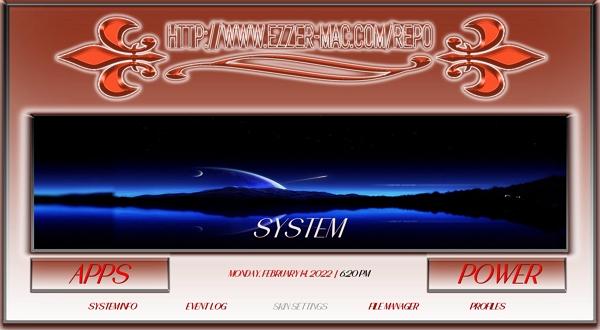In this guide, you will learn how to install EzzerMac Kodi Build on Firestick and android devices.
What is EzzerMac Kodi Build?
Table of Contents
EzzerMac Kodi Build is one of the newer builds that has been gaining in popularity. It uses the Aeon Nox Silvo skin and it is a great choice for those who want to have a lot of options when it comes to add-ons.
The build has a ton of content, including movies, TV shows, live channels, and sports. It also has a section for kids’ content. You can install the EzzerMac Kodi Build on any device that runs Kodi, including Android devices and Fire TVs.
If you’re looking for a new Kodi build that offers a lot of content, the EzzerMac Gradient Kodi Build is definitely worth checking out.
How to Install EzzerMac Kodi Build
Note: Enable the unknown sources by: Settings > System > addons > Unknown sources.
Step One: Launch Kodi and go to the Settings menu (cog icon)
Step Two: Select “File Manager”
Step Three: Click on “Add Source”
Step Four: Type the URL of the Kodi build you want to install into the text box: http://ezzer-mac.com/repo or http://www.ezzer-mac.com/repo and click “OK”
Step Five: In the next window, name the source and click “OK”
Step Six: Go back to the main menu and select “Add-ons”
Step Seven: Click on the “Package Manager” icon (top left corner)
Step Eight: Select “Install from Zip File” and click Yes
Step Nine: Navigate to the source you added in step four and select the zip file labeled “repository.EzzerMacsWizard.zip.”
Step Ten: Wait for Kodi to install the build. Once it’s finished, click on install from the repository click on Ezzer-Man’s wizard, and then follow the onscreen instructions to complete the installation process.
Features of EzzerMac Kodi Build
– Install on Kodi Krypton 17 or higher.
– Compatible with Firestick, TV Boxes, Android Mobiles, Tablets and more.
– Latest Addons and Repos.
What is Kodi?
Kodi is a free and open-source media player software developed by the XBMC Foundation. Kodi is available for multiple operating systems and hardware platforms, with a software development kit (SDK) that enables third-party developers to create applications that can run on Kodi, as well as a “live” TV streaming feature.
Downloaded content can be streamed directly from the internet or local network storage devices, or from within other applications such as YouTube, Netflix, Hulu, and Veoh. Kodi also provides access to digital media stored locally on the user’s computer system.
Plug-ins allow Kodi to interface with online services such as Amazon Video On Demand, Spotify, and Pandora Radio. In addition to its standard features, Kodi has been customized to include a variety of third-party add-ons and plug-ins that provide additional content such as live sports, music, movies, and television shows.
Kodi is often compared to other media player applications such as Windows Media Player, iTunes, VLC media player, and Plex. Kodi has also been used as an HTPC (home theater PC) software application.
What is Kodi Build?
A Kodi build is a version of the media player that has been pre-configured with add-ons, settings and other modifications. It’s not an actual software program but rather a package containing everything you need to set up your own customized build.
A good example of this would be an HTPC (home theater PC) setup which includes various plug-ins like Netflix or Plex as well as custom skins so they can look different from one another.
What is a VPN and Why do I Need One?
A virtual private network is a type of technology that allows users to connect securely over an insecure public internet connection.
For example, if you want your computer at work or home connected to the Internet without others being able to see what sites you visit then using this kind of service might be useful for your needs.
The main advantage with these systems is their ability to provide security against hackers and other malicious individuals who try accessing information about yourself from outside sources such as email accounts or websites visited often on the web browser history page section – so instead it shows up nowhere but encrypted within data packets sent back forth between servers involved in transmission process (via VPN tunnel).
You will have complete anonymity while browsing online because no one can track down where exactly was visited last since everything happens under the cloak of encryption layers built into these networks that make it very hard for anyone without proper authorization access information stored within packets being sent outwards through private network connections.



